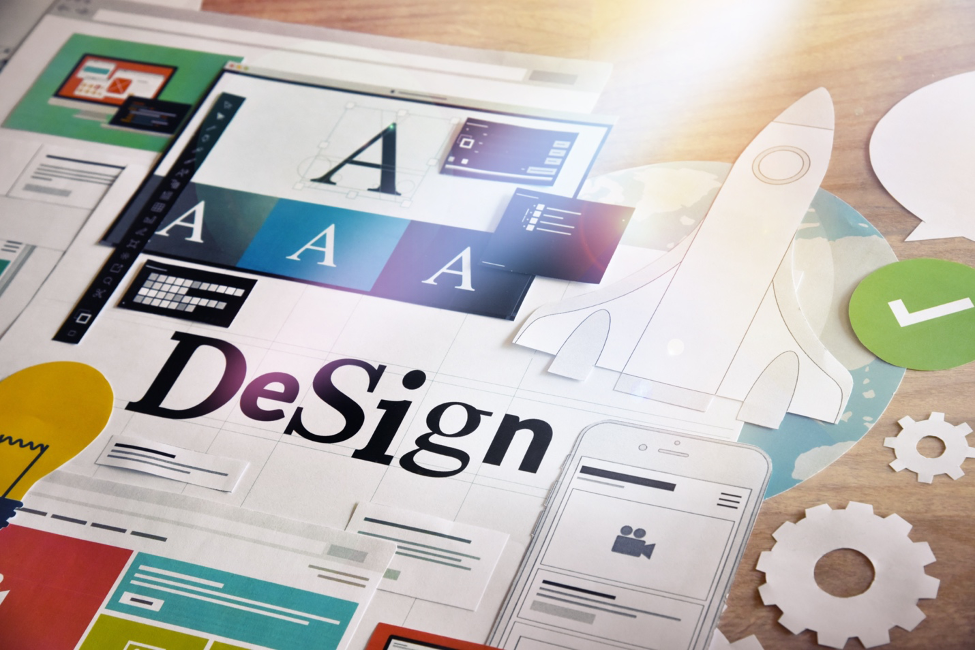You make great products. You have a strong brand. But how do you maintain those products and protect your brand beyond the point of sale? What do you do when customers demand more through CX or regulators demand more through compliance or channels partners struggle to deliver consistent service? The good news is modern field service management systems provide you with the tools to manage and overcome these challenges.
Trending in 2021
At the close of each year, a lot of people ask me to make some predictions for the new year. Honestly, with some extreme disruptions in 2020, it is hard to single out a theme for 2021. Though I do see a consistent trend over the last decade. A trend that will very much drive the OEM transformation agenda: how do we extend our value proposition beyond the revenue of the product sales? Margin contribution on product sales is dwindling. Thus, it is logical that your CFO is eying service margins and tasking you with service revenue growth. So, let’s focus on two 2021 topics to achieve those goals.
- Improve your installed base visibility across all your sales channels
- Support your product throughout its life cycle
And by focussing on these two, you’ll get a lot of adjacent benefits too.
Step 1: Invest in Installed Base Visibility and Effective Channel Partners
To exert a maximum level of control over the value an OEM can provide to its customers, an OEM may have the ambition to own each step of the value chain. The commercial reality is that a network of partners and competitors is involved in the value creation. This may result in a battle over the ownership of the customer relationship. Especially when we consider the underlying paradigm: the one who owns the relationship owns the levers to CX and sustainable revenue.
The key enabler to value creation is your Installed Base Visibility. It is pretty straight forward. If you want to create value from the products you sell, you need to know where they are and how they are being used. Without visibility, your service delivery will be in the blind. Without a relationship, your revenue streams will be unpredictable.
We see more and more OEMs investing in installed base visibility. This starts with shifting from margin contribution through product sales to margin contribution through using the product. The increased margin contribution pays for the investment and buy-in from the channel partners.
Are you curious about what installed base visibility brings to the bottom line? See what Schneider Electric was able to achieve here.
Step 2: Support Your Product Throughout Its Life Cycle
Who knows your product best? You, the OEM. You designed it and built it, so it seems you are best qualified to support its use during its life cycle. Hence the previous paragraph, you need to know where your installed base is and in what condition.
For each product, we know that the true test comes when it is used by real customers. No matter how well designed and built it is, actual customers seem to use products in more different ways than you have anticipated. Whether the feedback is coming to you via the quality department, service interactions, or through an autonomous engineering department, your products do get revisions and engineering changes.
Some of these changes are for liability and compliance. Others may enhance the function of the product, potentially driving more value. Thus, you have multiple reasons to reach out to your installed base. And when you do so, you want to track what portion of that base you have reached.
Two to Tango
The combination of installed base visibility and product life cycle support form an ideal tango to strengthen your brand. Though the commercial reality of your channel strategy may impact your ability to reach out to your installed base, asset-centric field service management tools make it much easier to visualize and manage your assets. Extending those tools to your channel partners will make it easier to share and grow the value creation for your customers.
Whether you decide to take tango lessons in 2021 or not, at least put some thought into the beauty and joy of the dance. I promise you; your customers will like it.
This article is published in ServiceMax Field Service Digital on December 17th, 2020


